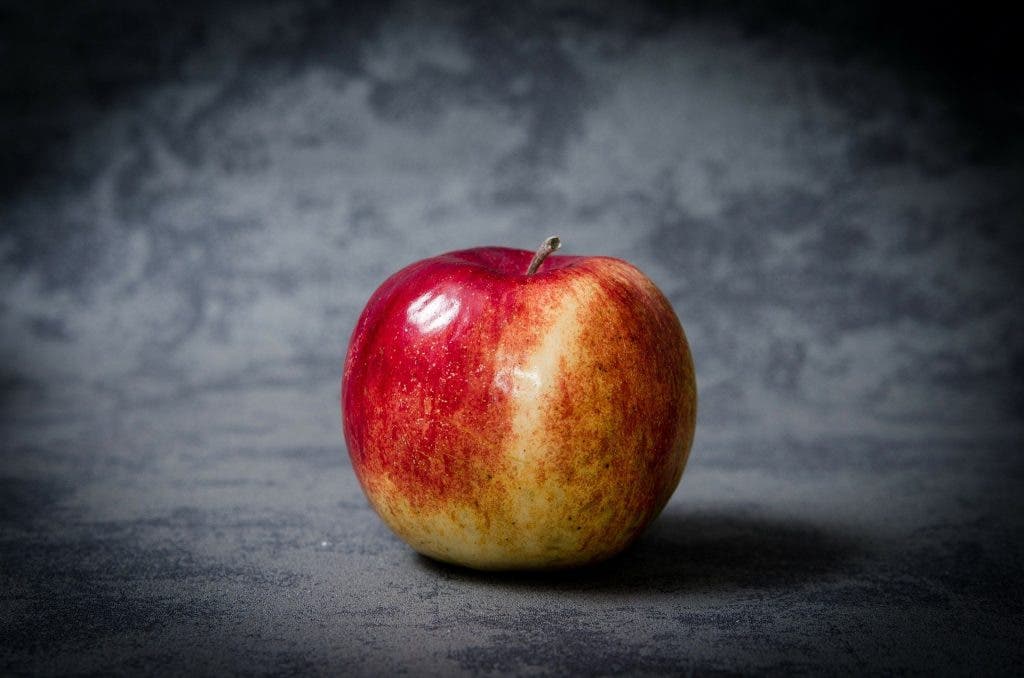
If you were to concentrate all the SARS-CoV-2 viral particles currently circulating among humans into one place, you’d be able to wipe out this entire pandemic in one swift blow. And, if you are a curious person, you may also weigh them. That’s exactly what researchers in Israel did, imaging what it would be like to collectively weigh all coronavirus particles in the world. Turns out they’d be somewhere between the weight of an apple and that of a young toddler, the researchers reported.
A viral atomic bomb
When someone becomes infected with the coronavirus SARS-CoV-2, it rapidly proliferates in the cells of its new host. To do so, the virus has to first multiply its genetic material, which consists of a single long RNA strand, and its capsid (body). When enough copies are built, they burst out and infect neighboring cells. This is how the viral infection spreads throughout various organs of the body, especially the lungs.
According to researchers at the Weizmann Institute of Science in Israel, an infected individual with SARS-CoV-2 can expect to carry between 10 billion to 100 billion individual particles of the virus.
That may sound like a lot, but the enveloped particle of SARS-CoV-2 is tiny, measuring only 50-200 nanometers in diameter (actually pretty large as far as viruses, in general, are concerned). “This means that, even for our highest estimate, i.e., 1011 virions per host, human cells outnumber the virions by more than 100-fold,” said the researchers. However, there’s a great deal of variation among humans, of up to five to six orders of magnitude. This means that some individuals may have millions of times more viral particles than others, which may explain why some get much sicker than others or why some become far more contagious than others.
Given that the coronavirus has actively infected between 1 million to 10 million people at any given time over the course of the pandemic, the researchers were able to calculate the average weight of all SARS-CoV-2 particles combined. Their collective mass weighs between 0.1 and 10 kilograms (0.22 and 22 pounds), the researchers wrote in the journal Proceedings of the National Academy of Sciences.
If you were wondering, the mass of a single viral particle is estimated to be around 1 femtogram (10-15 grams). But such a tiny mass is enough to knock out and even kill some of the strongest humans that are multiple orders of magnitude larger.
This inquiry isn’t just some curiosity. These measurements may help scientists gain a better understanding of how the virus infects humans and how it mutates in the body. The latter is of great importance for predicting the rise of new variants that may supersede our current precious vaccines.
“Such a quantitative perspective could help the current intensive effort to study and model the spread of the COVID-19 pandemic,” the authors noted in their study.
According to the researchers, the virus accumulates between 0.1 and 1 mutations across its entire genome during the infection of a single host.
“In addition to considering a specific lineage of SARS-CoV-2 viruses, we can also consider the genetic diversity at the population level and estimate the total variability across the entire repertoire of infectious units produced during a single course of infection. As we estimated that 3 × 105 to 3 × 108 infectious units are produced during an infection, each one resulting from a lineage of ancestors and mutations, we expect, overall, to have about 105 to 108 mutations across all of the infectious units,” they added.









